Introduction to Efficient Plant Design
Efficient plant design is a critical aspect of modern industrial operations. It involves the integration of various components and systems to optimize performance, reduce costs, and minimize environmental impact. In an era where sustainability and cost-effectiveness are paramount, the design and operation of efficient plants have become essential for businesses to remain competitive. This article delves into the key elements of efficient plant design, the benefits it offers, and the strategies employed to achieve high performance in industrial operations.
Key Components of an Efficient Plant
The success of an efficient plant lies in the integration of several key components that work together seamlessly. These include:
Process Optimization: This involves analyzing and refining the manufacturing process to eliminate inefficiencies, reduce waste, and improve output. Process optimization can be achieved through the use of advanced simulation software, data analysis, and continuous improvement methodologies such as Lean or Six Sigma.
Energy Efficiency: Efficient plants prioritize energy conservation through the use of energy-efficient equipment, automation, and smart systems. This not only reduces operational costs but also minimizes the carbon footprint of the plant.
Material Handling: Streamlined material handling systems reduce the time and effort required to transport raw materials and finished goods. This can be achieved through the implementation of automated conveyors, robotics, and efficient storage solutions.
Quality Control: A robust quality control system ensures that the products meet or exceed the required standards. This includes the use of advanced sensors, testing equipment, and continuous monitoring to detect and correct any deviations from the desired specifications.
Human Factors: The design of the plant should consider the safety, comfort, and productivity of the workforce. This includes ergonomic workstations, training programs, and safety protocols to create a conducive working environment.
Benefits of Efficient Plant Design
Implementing an efficient plant design offers a multitude of benefits, including:
Cost Reduction: By optimizing processes, reducing waste, and minimizing energy consumption, companies can significantly cut their operational costs.
Improved Productivity: Efficient plants are designed to maximize output while minimizing downtime, leading to increased productivity and faster turnaround times.
Enhanced Safety: A well-designed plant incorporates safety measures to protect employees and prevent accidents, reducing the risk of injuries and liabilities.
Environmental Sustainability: By reducing energy consumption and waste, efficient plants contribute to a healthier environment and can help companies meet increasingly stringent environmental regulations.
Competitive Advantage: Efficient plants can give businesses a competitive edge by offering better quality products at competitive prices, while also reducing their environmental impact.
Strategies for Achieving High Performance
To achieve high performance in plant design and operation, several strategies can be employed:
Invest in Technology: Investing in advanced technology, such as automation, robotics, and data analytics, can help streamline operations and improve efficiency.
Continuous Improvement: Adopting continuous improvement methodologies like Lean or Six Sigma can help identify and eliminate inefficiencies in the plant.
Employee Training and Engagement: Investing in employee training and fostering a culture of engagement can lead to better performance and increased productivity.
Collaboration with Suppliers and Partners: Collaborating with suppliers and partners can help ensure the availability of high-quality materials and components, as well as access to the latest technological advancements.
Regular Maintenance and Upgrades: Implementing a regular maintenance schedule and staying abreast of technological upgrades can help keep the plant running smoothly and efficiently.
Conclusion
Efficient plant design is a complex and multifaceted endeavor that requires careful planning, execution, and continuous improvement. By focusing on key components such as process optimization, energy efficiency, and quality control, businesses can achieve high performance in their operations. The benefits of an efficient plant design are numerous, from cost reduction and improved productivity to enhanced safety and environmental sustainability. As the industrial landscape continues to evolve, investing in efficient plant design will be crucial for businesses to remain competitive and
转载请注明来自中蚨科技,本文标题:《高效机组 英文:高效机房的定义 》

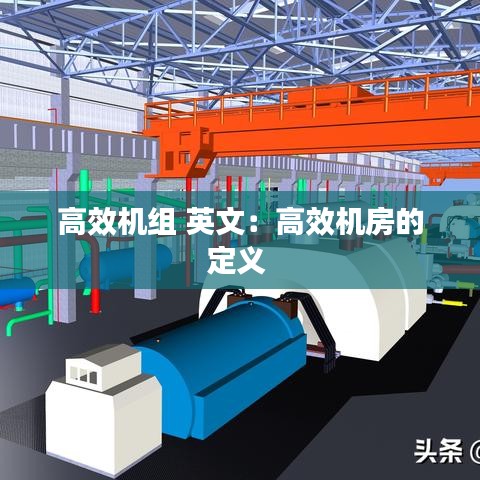

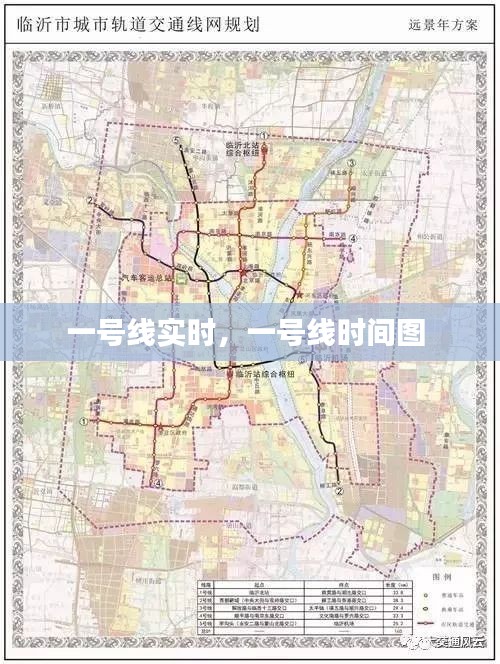


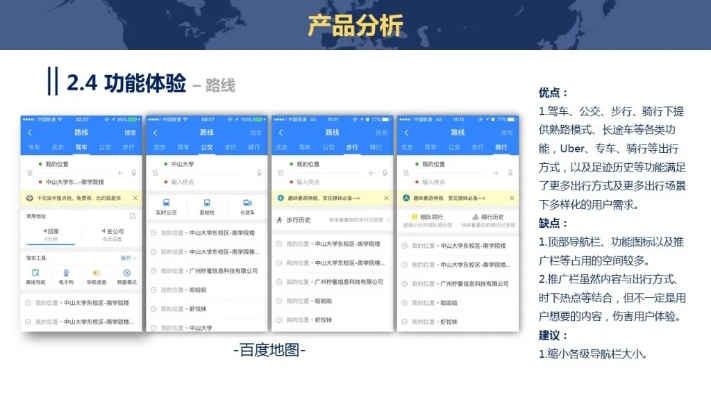


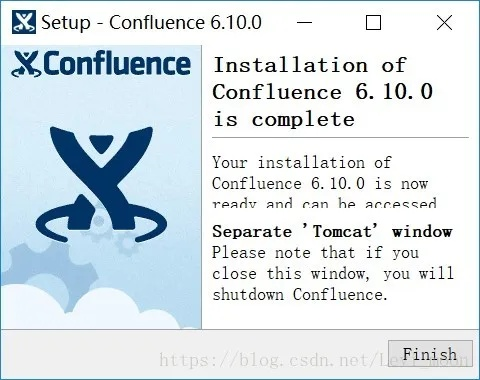

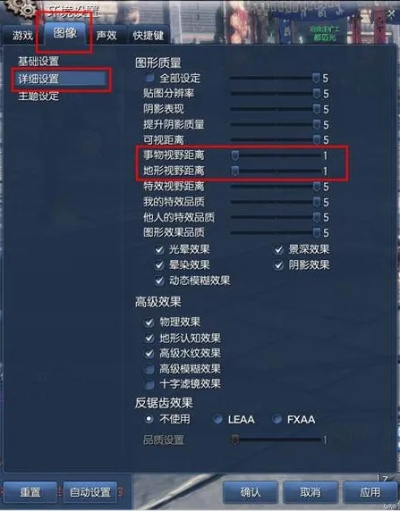
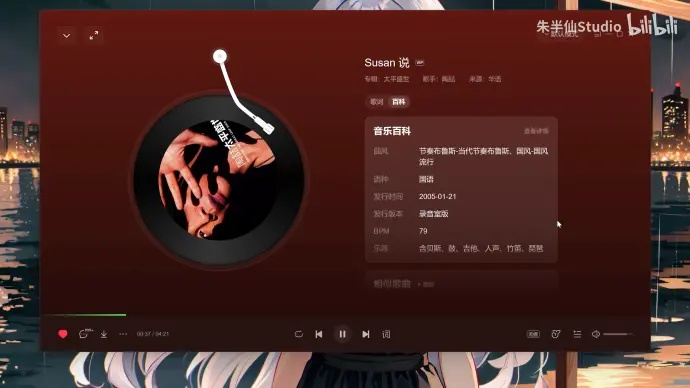

 京ICP备16057535号-1
京ICP备16057535号-1
还没有评论,来说两句吧...